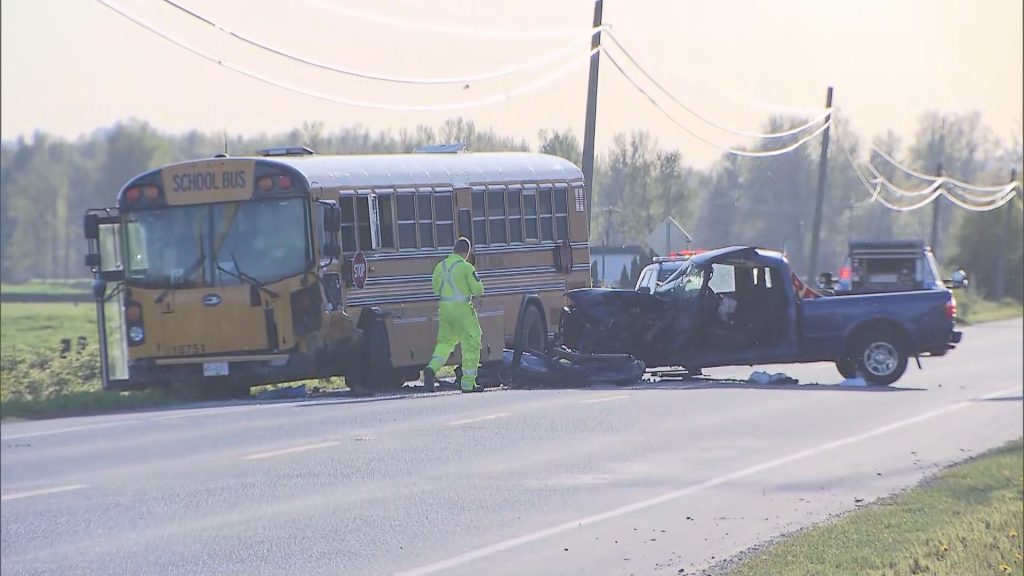Nighttime firefighting valuable tool in forests: BC company
Posted April 25, 2018 7:31 am.
Last Updated April 25, 2018 8:37 am.
This article is more than 5 years old.
PORT ALBERNI (NEWS 1130) – After last year’s record-setting wildfire season in BC, a Vancouver-Island-based company says the province is missing out on an opportunity to make a bigger impact this time around.
Fighting fires from the air at night really makes an impact, according to Coulson Group president Wayne Coulson.
“One of the things we see, at night of course, when you take the heat out of a fire, the sun goes down and the relative humidity climbs,” Coulson said. “That seems to be when the fire is the weakest. So there’s periods of time, and of course it depends on the weather, when that fire lays down and you’re able to go attack it.”
Coulson’s Port Alberni company offers the service both in the U.S. and overseas.
“We had a very busy season in Australia. We had a major milestone in the world of wildfire. We were, utilizing two helicopters, able to fight fire and do a demonstration for the Australian government for night operations. So right now we’ve been approved in Canada to fight fires at night, we are approved in the United States, but this recent trial has allowed us to fight fire now in Australia in night operations. So we have three countries that we are now approved for night operations with our helicopters,” says Coulson.
But when it comes to this province, he says the enthusiasm for the important technology has been lukewarm.
“We’ve talked to the (BC) provincial government about our night operations. I think it’s under consideration. We are continuing to have dialogue with our U.S. customer as they seem to have more interest in continuing and exploring the night operations, certainly in the urban interface,” he says.
The BC Wildfire Service (BCWS) declined an interview request but, in statement said it “doesn’t currently have planned field trials of night vision goggles, but have been researching it as an option and will continue to do so.”
The BCWS also says it is “considering what missions reasonably need to be done to meet the needs of fire operations, and whether or not alternatives exist that lower the risk exposure for staff and are cost effective.”










